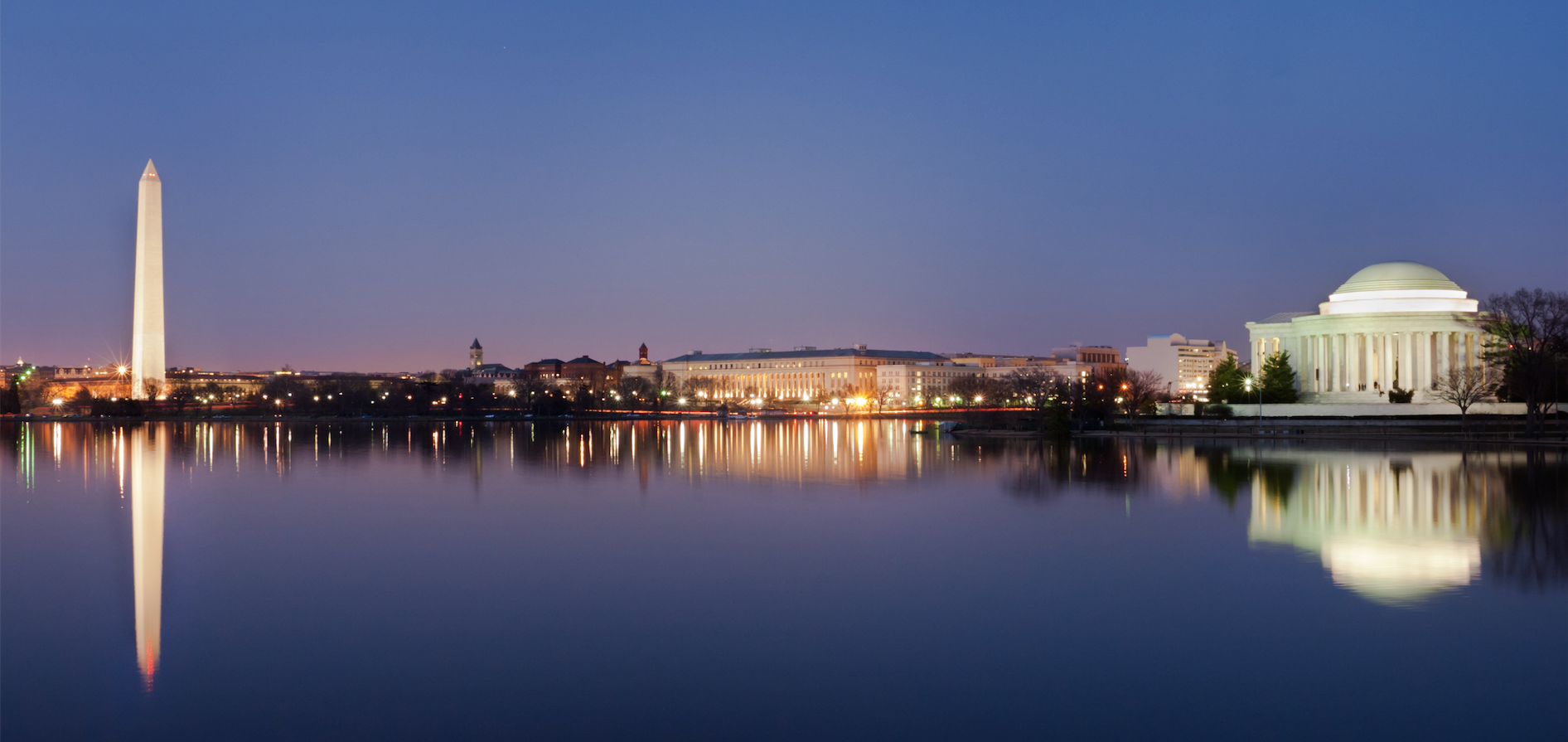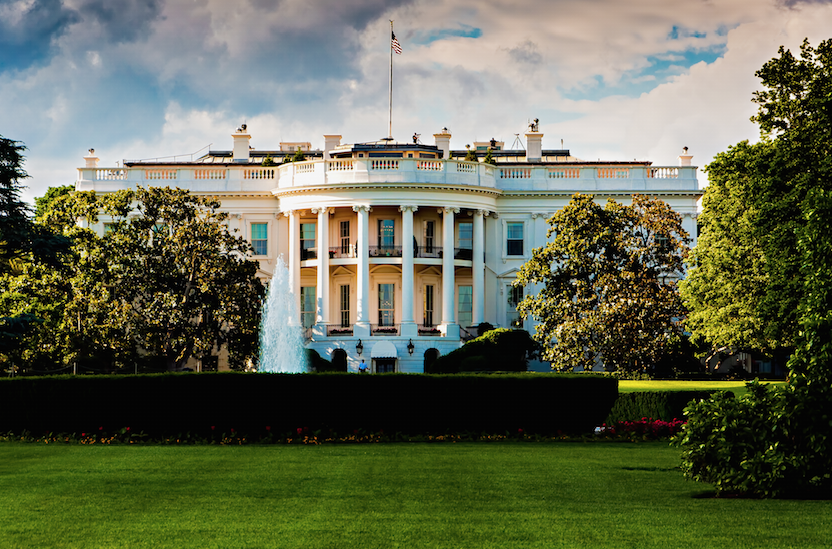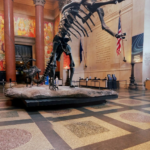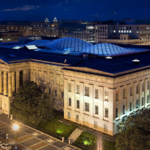

Must See
Farmer and Mechanics of Riggs Bank
The old farmer and mechanics of Riggs Bank, located at 1201 Wisconsin Avenue, NW, at the corner of M Street, was built in 1921-22. Located at the crossroads of major trading Georgetown, the golden dome and leaf design neoclassical Peter Marsh and become familiar symbols of the Georgetown neighborhood. Today, there is a branch of PNC Bank. Riggs National Bank is the oldest bank in continuous operation in Washington, which dates back to 1836, when William Wilson Corcoran opened a broker note. In 1840 he formed a partnership with George Washington Riggs, Jr., son of a well-known banker in New York and offers audit and deposit Corcoran and Riggs Bank became an official depository of the U.S. Treasury, and began operations abroad financed Samuel Morse invented the telegraph in 1845, and the war with Mexico in 1847. Corcoran retired in 1854 and was the company Riggs and Company. George Riggs led the consortium in 1867, which raised $ 0.2 million in gold bullion for the purchase of Alaska. In the 1920s, introduced the Riggs National Bank savings accounts opened in a trusted service, and I bought two banks more local, the creation of a network of bank branches. Read more…
House of the Temple

The House of the Temple is located at 1733 Sixteenth Street, NW, in the District of Columbia. Designed by famous architect John Russell Pope, this monumental building has served as the national headquarters of the Supreme Council since 1915. The Grand Lodge of the District of Columbia laid the cornerstone in 1911, and the building was completed in 1915. Its architecture is an adaptation of the famous Mausoleum at Halicarnassus, one of the “Seven Wonders of the Ancient World.”
Pope is well known for his other works in the District of Columbia, including the National Gallery of Art, National Archives and the Jefferson Memorial. The House of the Temple was his first major commission in the District of Columbia. He was only 36 years old at the time he signed his contract for the building. Elliott Woods was chosen as an assistant and professional advisor. Learn more…
National Zoo
The Smithsonian National Zoological Park, commonly known as the National Zoo, is one of the oldest zoos in the United States, and as part of the Smithsonian Institution, does not charge admission. Founded in 1889, its mission is to provide leadership in animal care, science, education, sustainability, and visitor experience. The National Zoo has two campuses. The first is a 163-acre (66 ha) urban park located in northwest Washington, D.C. that is 20 minutes from the National Mall by Metro to the Woodley Park station, or downhill walk from the Cleveland Park station. The other campus is the 3,200-acre (1,300 ha) Smithsonian Conservation Biology Institute (SCBI; formerly known as the Conservation and Research Center) in Front Royal, Virginia. SCBI is a non-public facility devoted to training wildlife professionals in conservation biology and to propagating rare species through natural means and assisted reproduction. The National Zoo is accredited by the Association of Zoos and Aquariums
Altogether, the two facilities contain 2,000 animals of 400 different species. About one-fifth of them are endangered or threatened. Most species are on exhibit at the Zoo’s Rock Creek Park campus. Its best known residents are its giant pandas, but the Zoo is also home to birds, great apes, big cats, Asian elephants, insects, amphibians, reptiles, aquatic animals, small mammals and many more. The SCBI facility houses between 30 and 40 endangered species at any given time depending on research needs and recommendations from the Zoo and the conservation community. The National Zoo, as part of the Smithsonian Institution, receives federal appropriations for operating expenses. A new master plan introduced for the park in 2008 designs to upgrade the park’s exhibits and layout.
Friends of the National Zoo (FONZ), the Zoo’s membership program, is the partner of the National Zoological Park that has been providing support to wildlife conservation programs at the Zoo and around the world since 1958. FONZ members receive free parking, discounts at the Zoo’s stores and restaurants, and Smithsonian Zoogoer, an informative bimonthly magazine filled with the latest Zoo news, research and photos.
FONZ’s 40,000 members include about 20,000 families, largely in the Washington, D.C., metropolitan area, and volunteers number more than 1,000 individuals. FONZ provides guest services, development support, education and outreach programs, concessions management, and financial support for research and conservation.
The National Zoo is open every day of the year except December 25 (Christmas Day). On occasion, it closes early or opens late to host special events. Learn more…
The White House TOURS

The White House is the official residence and principal workplace of the president of the United States. Located at 1600 Pennsylvania Avenue NW in Washington, D.C., the house was designed by Irish-born James Hoban,[1] and built between 1792 and 1800 of white-painted Aquia sandstone in the Neoclassical style. It has been the residence of every U.S. president since John Adams. When Thomas Jefferson moved into the house in 1801, he (with architect Benjamin Henry Latrobe) expanded the building outward, creating two colonnades that were meant to conceal stables and storage.[2]
In 1814, during the War of 1812, the mansion was set ablaze by the British Army in the Burning of Washington, destroying the interior and charring much of the exterior. Reconstruction began almost immediately, and President James Monroe moved into the partially reconstructed house in October 1817. Construction continued with the addition of the South Portico in 1824 and the North in 1829. Because of crowding within the executive mansion itself, President Theodore Roosevelt had all work offices relocated to the newly constructed West Wing in 1901. Eight years later, President William Howard Taft expanded the West Wing and created the first Oval Office which was eventually moved as the section was expanded. The third-floor attic was converted to living quarters in 1927 by augmenting the existing hip roof with long shed dormers. A newly constructed East Wing was used as a reception area for social events; Jefferson’s colonnades connected the new wings. East Wing alterations were completed in 1946, creating additional office space. By 1948, the house’s load-bearing exterior walls and internal wood beams were found to be close to failure. Under Harry S. Truman, the interior rooms were completely dismantled and a new internal load-bearing steel frame constructed inside the walls. Once this work was completed, the interior rooms were rebuilt.
Tours & Events
White House Tours
Public tours of the White House are available. Requests must be submitted through one’s Member of Congress. These self-guided tours are available from 7:30 a.m. to 11:00 a.m. Tuesday through Thursday, 7:30 a.m. to 12:00 p.m. Fridays, and 7:30 a.m. to 1:00 p.m. Saturdays (excluding federal holidays or unless otherwise noted). Tour hours will be extended when possible based on the official White House schedule. Tours are scheduled on a first come, first served basis. Requests can be submitted up to six months in advance and no less than 21 days in advance. You are encouraged to submit your request as early as possible as a limited number of spaces are available. All White House tours are free of charge. (Please note that White House tours may be subject to last minute cancellation.)
If you wish to visit the White House and are a citizen of a foreign country, please contact your embassy in Washington, DC for assistance in submitting a tour request. Read Full Article







